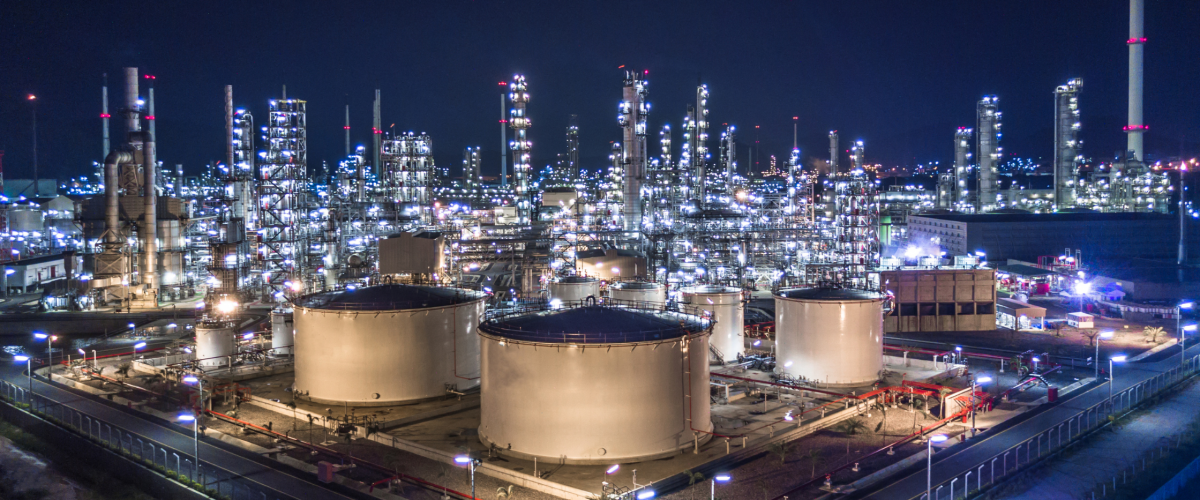Modernizing oil refineries is essential for improving efficiency, meeting environmental regulations, and enhancing overall operational performance.
Here are key strategies for upgrading equipment in oil refineries to achieve higher yields and energy efficiency:
1. Advanced Process Control Systems:
– Implementing sophisticated process control systems can optimize refinery operations, ensuring better control over various processes and maximizing yields.
2. Catalytic Cracking Technology:
– Upgrading catalytic cracking units with advanced catalysts and technologies improves the conversion of heavy feedstocks into valuable products, such as gasoline and diesel.
3. Hydroprocessing Units:
– Upgrading hydroprocessing units, including hydrotreaters and hydrocrackers, can enhance the removal of impurities, such as sulfur, and increase the yield of high-value products.
4. Integration of Renewable Feedstocks:
– Exploring the integration of renewable feedstocks, such as biofuels or biomass, into traditional refining processes can contribute to sustainability goals.
5. Energy-Efficient Technologies:
– Implementing energy-efficient technologies, such as advanced heat exchangers, can reduce energy consumption in various refinery processes.
6. Combined Heat and Power (CHP) Systems:
– Installing CHP systems allows refineries to generate electricity and utilize waste heat for various processes, improving overall energy efficiency.
7. Hydrogen Production and Utilization:
– Investing in hydrogen production technologies and utilizing hydrogen in refining processes can lead to cleaner and more efficient operations.
8. Digitalization and IoT:
– Embracing digital technologies and the Internet of Things (IoT) enables real-time monitoring of equipment, predictive maintenance, and data-driven decision-making for optimization.
9. Waste Heat Recovery:
– Implementing waste heat recovery systems captures and utilizes excess heat generated during refining processes, increasing overall efficiency.
10. Upgrading Distillation Units:
– Upgrading distillation columns and incorporating advanced tray or packing technologies can enhance the separation of crude oil components, leading to improved product quality and yields.
11. Carbon Capture and Utilization (CCU):
– Exploring carbon capture technologies helps reduce greenhouse gas emissions, contributing to environmental sustainability and compliance with regulations.
12. Modularization and Prefabrication:
– Utilizing modular and prefabricated construction methods for new equipment or unit expansions can reduce downtime during installation and improve project efficiency.
13. Advanced Materials and Coatings:
– Upgrading equipment with advanced materials and coatings enhances corrosion resistance and extends the lifespan of critical components.
14. Optimized Refinery Layout:
– Redesigning and optimizing the layout of refinery units can improve overall process flow, reduce bottlenecks, and enhance operational efficiency.
Modernizing oil refineries is a multifaceted process that requires a combination of technological, digital, and operational advancements.
By adopting these strategies, refineries can not only achieve higher yields and energy efficiency but also position themselves for a more sustainable and competitive future.
Read more on Sparkview Energy:
The Economics of Oil Refining: From Crude Oil to Refined Products
Factors influencing oil and gas prices and the dynamics of the energy market
Emerging Markets in Oil and Gas

